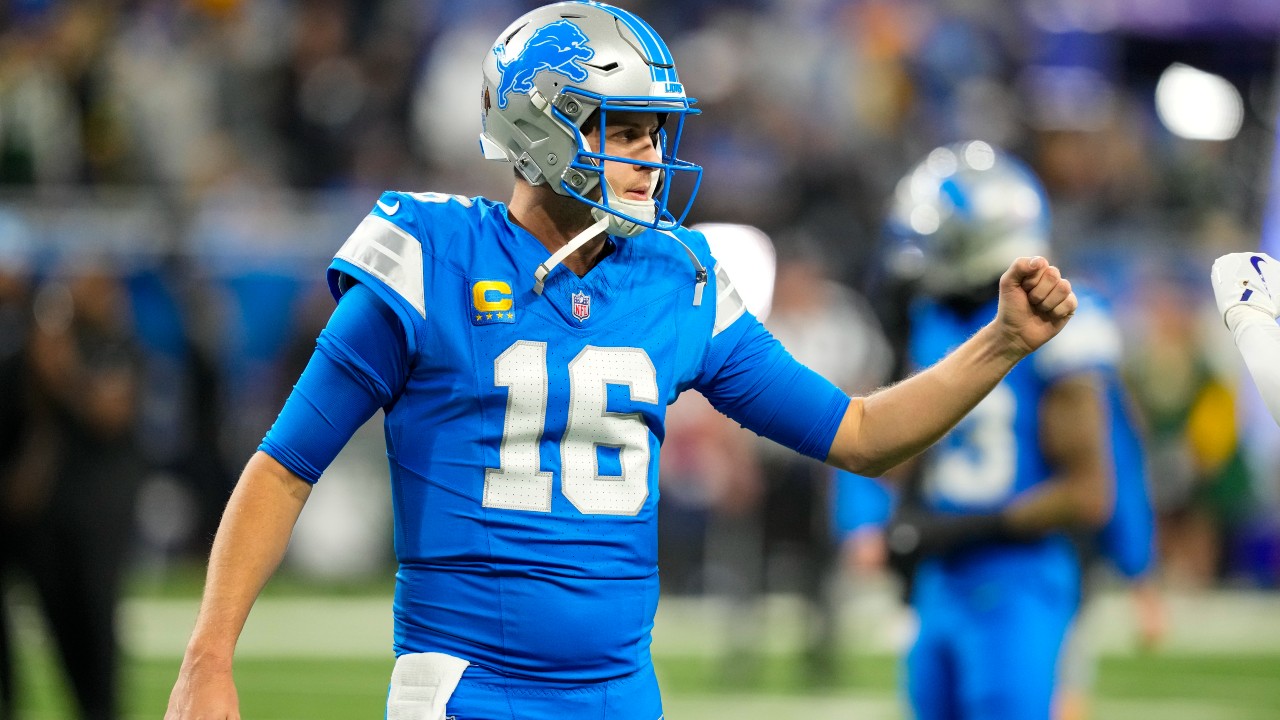
One year ago, the Boston Red Sox were just over a week removed from a season where they finished behind the Baltimore Orioles. After Tuesday’s 6-2 win over their rival New York Yankees in the American League wild card game, they’re on their way to an ALDS date with the Tampa Bay Rays.
The stakes were high for both clubs, but that didn’t translate into a tension-filled battle. Instead, the Red Sox grabbed the contest and stubbornly refused to let go for its duration:

To say the game was never in doubt would be a stretch, but the Red Sox held down a lineup they outscored by 118 runs during the regular season, knocked out a Cy Young contender in the third inning, and created enough offence to give themselves a little breathing room throughout.
Here are some observations from a consequential AL East showdown:
Late-season results remain hard to interpret
Coming into every postseason, a great deal of ink is spilled over who’s hitting their stride or scuffling. For all the hoopla, recent history suggests that how you finish doesn’t seem to matter too much in October.
While that may be true on a macro level, it sure seemed that Gerrit Cole carried his late-season struggles into Tuesday’s start. The Yankees ace entered the AL wild card game with a 6.15 ERA in his previous five outings, with opponents hitting .311 and posting a .930 OPS against him during that span. He was even worse on Tuesday, conceding three runs and two home runs over just two innings — allowing six of the 12 batters he faced to reach base.
With the benefit of hindsight, Cole’s struggles could be seen as predictable, considering the quality of his recent outings. But if he’d spun a gem no one would’ve batted an eye given his talent and strong 2021 season. Making matters even muddier, the man who hit a two-run home run against him in the first inning — Xander Bogaerts — was fresh off a six-game stretch that saw him hit .087/.125/.087 while the Red Sox were playing for their playoff lives.
It’s tempting to assume players who enter the playoffs playing well are most likely to thrive in October and those in the midst of rough patches will struggle — but that’s not something you can count on. This time that unpredictability favoured the Red Sox as their coldest hitter helped them seize control of the game early.
The early hook strikes again
When Alex Cora came out of the dugout to remove Eovaldi from the game in the sixth inning, it would be hard to call it shocking. Managers are becoming more and more hesitant to let their starters pitch deep into games and turn over the lineup three times, regardless of how well they’ve been pitching. After Blake Snell’s infamous Game 6 exit in the 2020 World Series, the strategy is well-established despite its detractors.
Even so, Cora’s decision to get Eovaldi opened up the door for second guessing as his ace — who led the AL in fWAR in 2021 — had thrown just 71 pitches and seemed to have the Yankees in the palm of his hand. He’d just allowed two consecutive hits, but one was a cheapie home run that slithered around the Pesky Pole and the other was a groundball single.
With Stanton coming to the plate representing the game-tying run, the Red Sox skipper made the move to Ryan Brasier, who promptly allowed Stanton to destroy a baseball.

Luckily for the Red Sox, that batted ball resulted in an out at the plate and the club’s bullpen kept the Yankees under wraps from there, providing 3.2 innings of one-run ball with just one base runner allowed from that point.
Fenway giveth and taketh away for Giancarlo Stanton
Fenway Park’s famous left field wall has been known to help right-handed hitters’ offensive production by turning routine flyballs into extra-base hits, but it did Stanton no favours on Tuesday.
The hulking slugger crushed balls that easily could’ve been home runs elsewhere only to see the towering wall claim them. There’s simply no way these two hits should result in just three bases:
1)
Stanton so close! pic.twitter.com/V88Jc7ggVJ
— ESPN (@espn) October 6, 2021
2)
After that rough luck, Stanton finally used the other side of the field to his advantage, ripping a drive down the line in right for a ninth-inning home run.
Big-time velocity on display
It’s no secret that pitchers are throwing harder and harder of late. In 2002 the average MLB fastball came in at 89.0 m.p.h. This year it sits at 93.5, and it hasn’t declined season-over-season once.
Although this phenomenon is well-known around the game, it was especially apparent on Tuesday, beginning with the starters. Cole averaged 97.8 on his heater, and never saw it drop below 96.5 m.p.h. Eovaldi averaged 98.0 and his low point was 96.0.
The parade of elite heat didn’t end with those two, though, as both teams rolled out a series of fireballers out of the bullpen. The Yankees only saw four fastballs below 95 m.p.h. all day. The Red Sox encountered 17 such fastballs — and that happened because Luis Severino’s velocity was 2.1 m.p.h. below his season average.
The Red Sox had a lot more success than the Yankees with the top-notch heat as three of their six runs came off those 95-plus m.p.h. fastballs — including Kyle Schwarber’s monster home run off a Cole four-seamer well above the zone:
Kyle Schwarber extends the Red Sox lead with the classic Schwarbomb .#Postseason pic.twitter.com/70eZ3vvXEM
— Sportsnet (@Sportsnet) October 6, 2021




